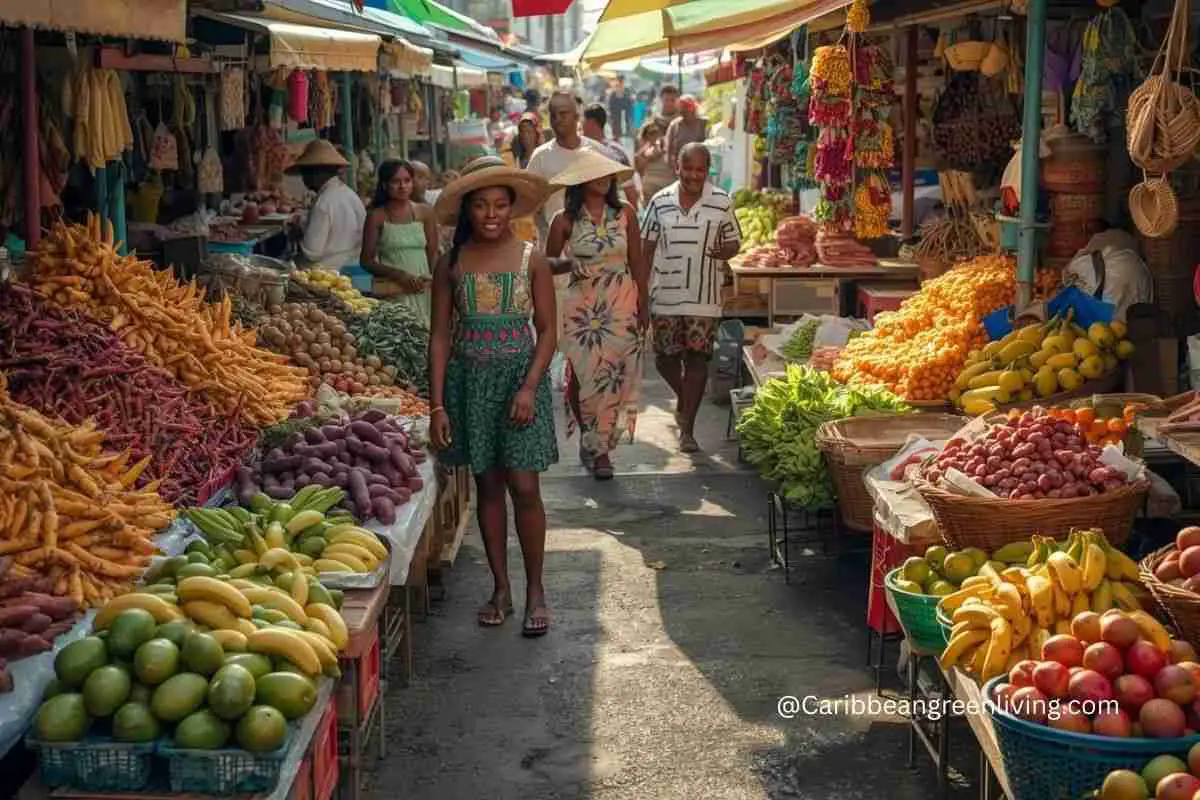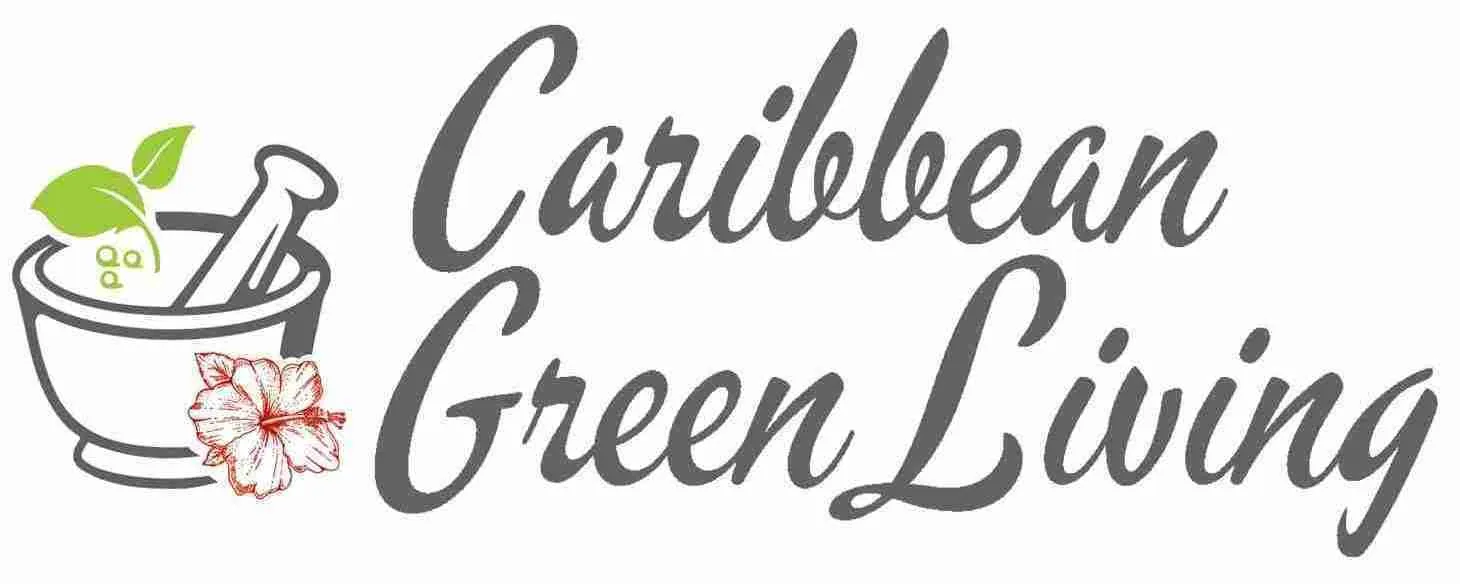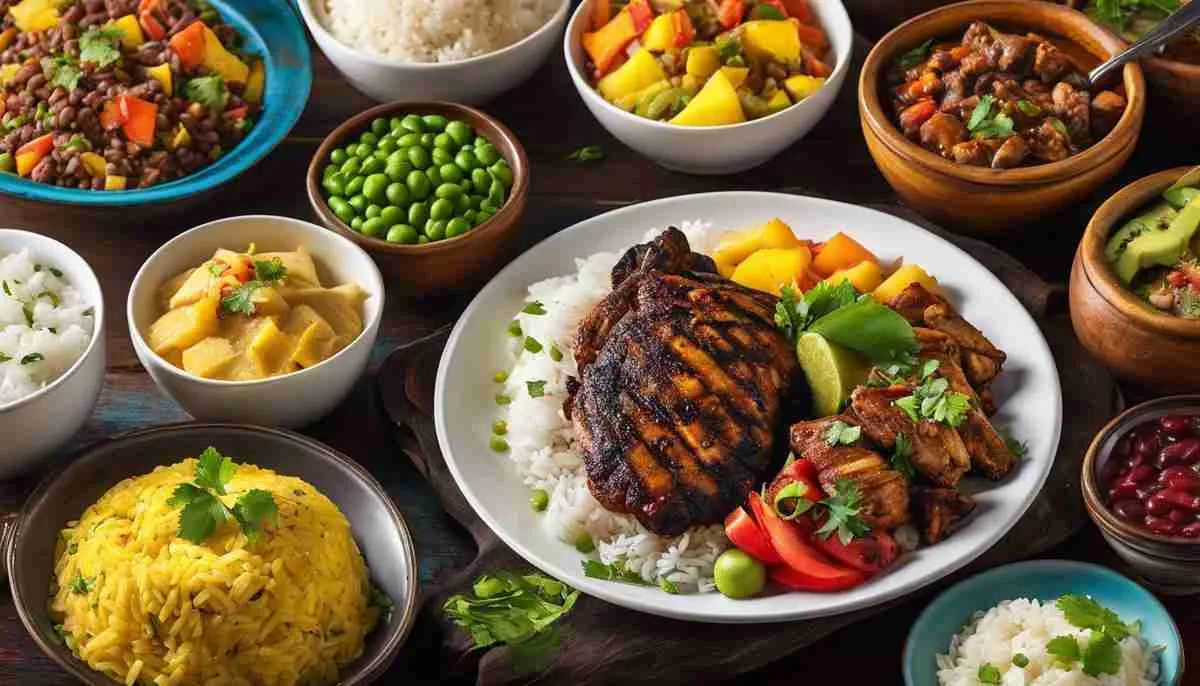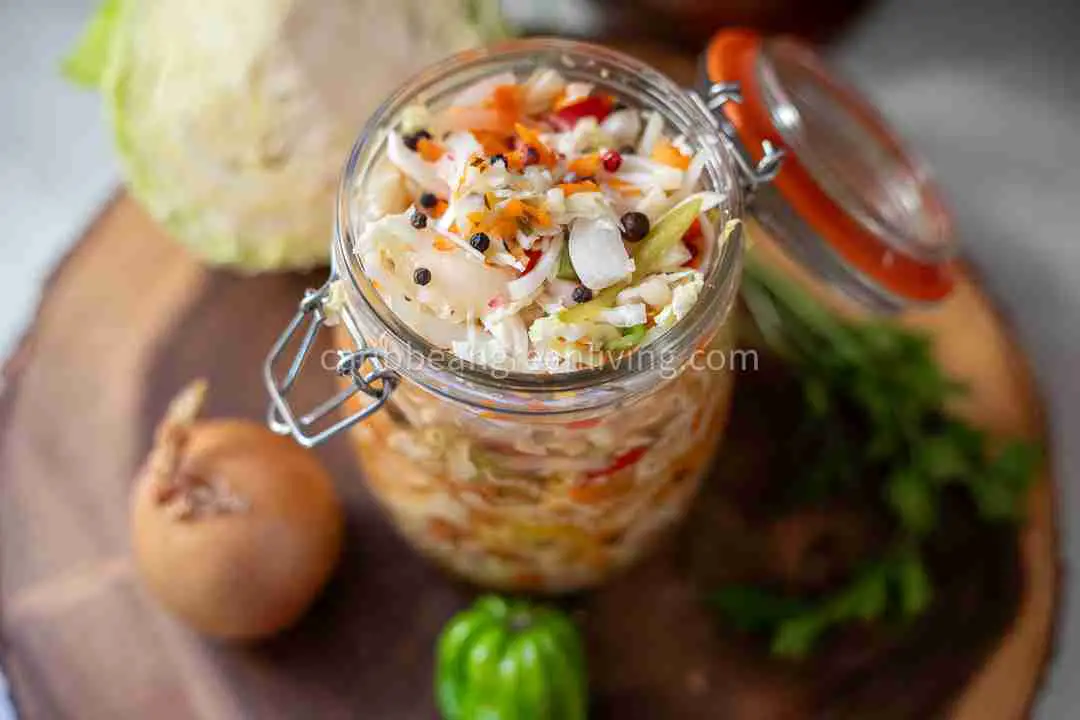Caribbean Markets: How They Keep Culture Alive Through Food, Flavor, and Community
A walk through a Caribbean market is more than a shopping trip—it’s a cultural journey. Bursting with colors, aromas, and sounds, these lively markets are the heart of Caribbean communities, bringing together farmers, fishermen, cooks, artisans, and everyday families. They showcase the very essence of the Caribbean way of life: food, family, and culture.

Root Vegetables: The Foundation of Caribbean Cuisine
Caribbean markets are filled with an abundance of root vegetables—true staples of island kitchens. You’ll find:
- Yams – hearty and filling, often boiled or mashed for lunch and dinner.
- Sweet potatoes – rich in flavor, perfect for roasting or making fritters.
- Cassava (Yuca) – a versatile root used for bread, fried chips, or boiled with a drizzle of oil.
- Dasheen (Taro) – common in soups and stews, with a nutty flavor.
- Plantains – technically a fruit but treated as a starch, fried for breakfast or boiled for dinner.
These roots appear on the table from breakfast to dinner, boiled, fried, mashed, or stewed, needing only fresh herbs like thyme, parsley, garlic, and scallions to shine.
Leafy Greens and Vegetables: From Market to Stew Pot
Alongside root vegetables, the markets overflow with leafy greens such as callaloo, spinach, watercress, and cabbage. These are the base of nourishing stews, soups, and bouillon—a traditional Haitian dish blending root vegetables, leafy greens, and proteins into one hearty meal.
Vendors also sell green bananas, chayote, okra, and pumpkin—ingredients that lend color and texture to Caribbean cooking. Combined with fresh seasonings, they become the backbone of dishes that are both wholesome and deeply flavorful.

Fresh Meat and Seafood: Adding Protein to the Plate
Markets also serve as hubs for fresh meat and seafood. Butchers display cuts of goat, pork, chicken, and beef—often sold fresh, not pre-packaged. Fishmongers offer the day’s catch: snapper, conch, shrimp, and lobster. These proteins, paired with root vegetables and greens, ensure that Caribbean meals are balanced, flavorful, and deeply nourishing.
More Than Food: A Marketplace of Culture
Caribbean markets are not just about ingredients; they’re also about community and culture. Beyond the food stalls, you’ll find vendors selling clothing, shoes, household items, and handmade goods. The passing street vendors add another layer of excitement, offering sweet treats like coconut drops, tamarind balls, or peanut brittle and savory snacks like fried plantains or patties.
The result is a vibrant mosaic of colors, sounds, and smells—a space where traditions are preserved, and culture is shared across generations. Whether it’s a locally grown yam or an imported spice, the Caribbean community takes pride in making it part of their homes and cuisine.
Boutiques: The Hidden Gems of Caribbean Markets
Within many Caribbean markets, you’ll also find small shops known as “boutiques.” In Haiti and across the islands, a boutique is not the same as the English word for a fashion store. Instead, it’s a community shop that sells a wide range of everyday essentials.
Boutiques are usually small, family-run businesses tucked into the corners of the market. They often carry:
- Pantry staples like rice, beans, flour, oil, and sugar
- Kitchen essentials such as salt, bouillon cubes, and seasonings
- Household and health items including soap, matches, candles, and even over-the-counter remedies
- School and personal supplies like notebooks, pencils, or hair care products
These shops are vital for families who prefer convenience and for communities where access to large supermarkets may be limited. Boutiques embody the Caribbean spirit of resourcefulness and versatility, offering a little bit of everything in one place.
Much like the vibrant stalls around them, boutiques contribute to the lively ecosystem of the market, blending necessity with culture, and ensuring that people leave with both ingredients for their next meal and essentials for daily life.

Conclusion
Caribbean markets are more than just places to shop—they are living cultural centers that preserve tradition, nurture community, and celebrate the vibrant spirit of the islands. From the abundance of root vegetables to the leafy greens, seafood, meats, and artisanal goods, these markets embody the resilience, creativity, and pride of Caribbean people.
So, next time you step into a Caribbean market, take a moment to soak in the colors, greet the vendors, and appreciate the generations of culture carried in every root, herb, and spice.






